Amidst climate change challenges, new reservoir designs aim to secure water supply for East of England’s growing communities
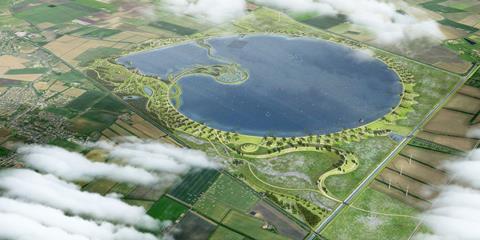
LDA Design and Fereday Pollard have revealed emerging designs for new reservoirs in north Cambridgeshire and south Lincolnshire. The proposed new infrastructure projects are for clients Anglian Water and Cambridge Water.
The East of England is confronting escalating water supply challenges exacerbated by regional population growth and a shifting climate pattern, predicted by the Met Office to bring hotter, drier summers and wetter winters. Storing winter water to mitigate summer droughts is seen as increasingly important to address these challenges.
Experts argue that failure to take decisive action could see water demand surpassing supply within the next decade, underscoring the critical role of reservoirs in sustaining regional growth and prosperity.
The planned reservoirs are intended to bolster future water security, while reducing reliance on environmentally sensitive rivers and underground aquifers. Designed to capture surplus river water that would otherwise flow into the sea, these reservoirs are seen by the water companies as pivotal for delivering sustainable water management practices.
Early designs by LDA Design and Fereday Pollard, envisage the reservoirs in the Fens and Lincolnshire as delivering a wide range of secondary benefits, including biodiversity net gain, recreational amenities, and enhancements to public health and well-being.
‘We are aspiring to deliver place-based solutions that will connect people, nature and the water in a meaningful way’
Charles Crawford, Director at LDA Design - masterplanners and landscape architects for the new reservoirs, said: “These nationally significant projects could bring major benefits to both local areas and wider region, as well as securing water supplies for the future.
“The project team has listened to feedback from stakeholders and the local communities, and our designs respond positively to the places and communities that could host the reservoirs. The emerging designs seek to deliver opportunities that could improve quality of life and protect and support the environment.”
Both projects are described as aligned with the National Infrastructure Commission’s guidelines, prioritising efficient design that yields positive outcomes for climate resilience, societal well-being, and community cohesion.
Clare Donnelly, Director at Fereday Pollard, said: “We are aspiring to deliver place-based solutions that will connect people, nature and the water in a meaningful way. This is reflected in how the emerging designs for the Fens and Lincolnshire reservoirs respond to their local areas and feedback from the surrounding communities.
“It is exciting to see them come to life in the artistic designs released, and we are now looking forward to developing this as the next phase of consultation progresses, maintaining our commitment and good design principles at every stage.”
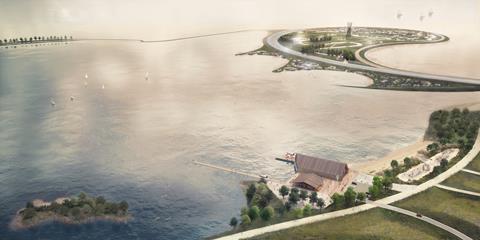
Situated near Chatteris and March, the proposed Fens reservoir is designed to store approximately 55 million cubic metres of water annually, catering to the needs of up to 250,000 homes.
The reservoir’s design draws inspiration from ammonite fossils unearthed during excavation, dating back to a time when the area was submerged beneath the North Sea.
Sculpted embankments and landforms, constructed from excavated soil, are intended to create recreational opportunities on water and land, including new walking, cycling, and horse-riding routes linking adjacent communities. An internal lagoon is planned to facilitate water sports and other visitor activities.
Surrounding the reservoir, expansive wetlands and interconnected habitats would provide flood storage capacity, reminiscent of the region’s historic marshlands and waterways.
South-east of Sleaford, between Helpringham, Scredington, and Swaton, Anglian Water’s proposed second reservoir in Lincolnshire is designed to hold 55 million cubic metres of water, and aims to secure water supply for up to half a million homes annually.
The design is intended to integrate with the wider landscape and to promote diverse habitats and recreational opportunities, fostering connections with nature and promoting active lifestyles.
Features include controlled water-level lagoons that create extensive wetland areas and new wildlife habitats, complemented by nature trails and spaces dedicated to water-based recreation.
The second phase of public consultation on the reservoir projects continues until 9 August.
>> Also read: Plans for 150,000 homes but no water to supply them. Does Gove’s vision for Cambridge stand a chance?



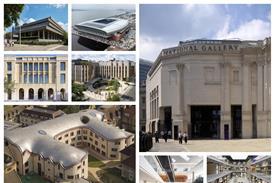





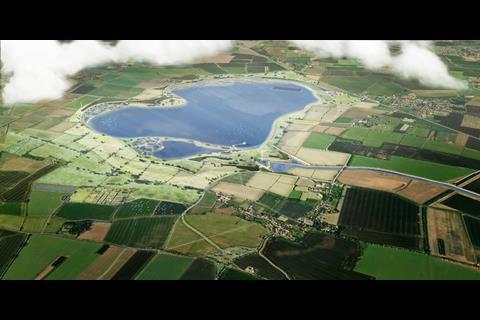
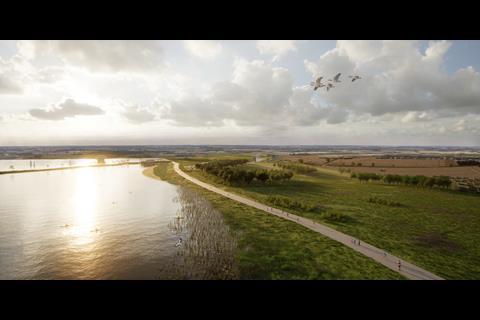
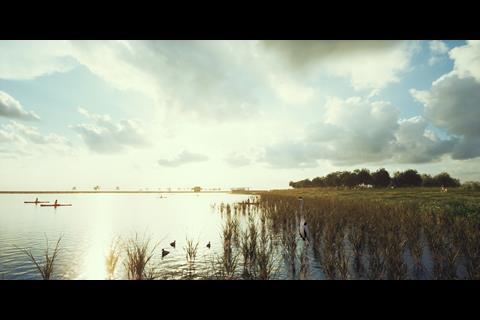

No comments yet